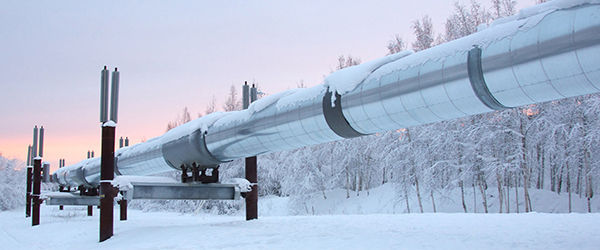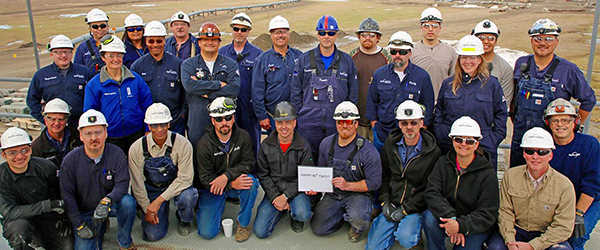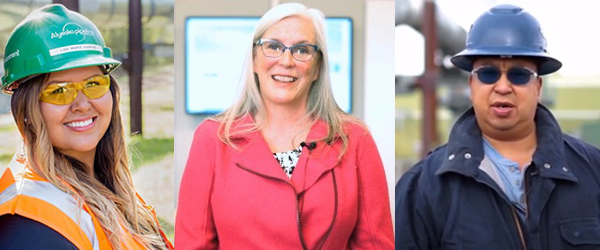1989: Exxon Valdez Oil Spill Reflections — Then & Now
By Andrés Morales, Alyeska’s Emergency Preparedness and Response Director
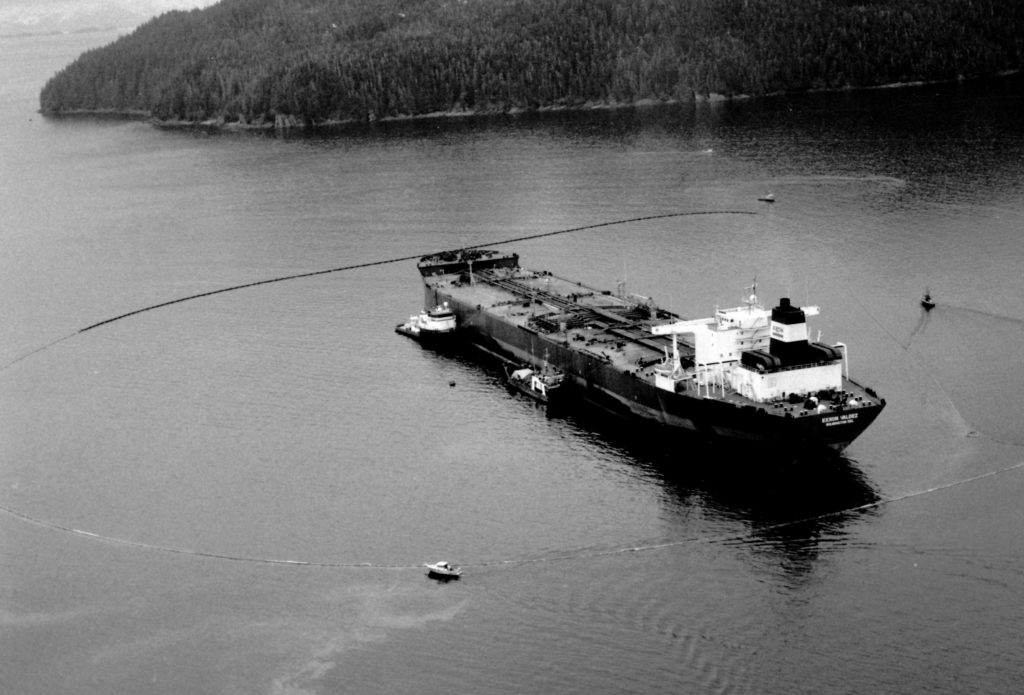 I first came to the Valdez Marine Terminal (VMT) on a tanker in 1984 as I was just starting my chosen career in the maritime industry. It was winter. It was the most stunning place I have ever sailed to and remains vivid in my memory. The VMT appeared to be carved from a mountain in the raw wilderness. We loaded our cargo into tanks larger than cathedrals. It was a place out of time; I had never seen anything like it. Once full, we sailed out into Prince William Sound: a place of unrivaled beauty.
I first came to the Valdez Marine Terminal (VMT) on a tanker in 1984 as I was just starting my chosen career in the maritime industry. It was winter. It was the most stunning place I have ever sailed to and remains vivid in my memory. The VMT appeared to be carved from a mountain in the raw wilderness. We loaded our cargo into tanks larger than cathedrals. It was a place out of time; I had never seen anything like it. Once full, we sailed out into Prince William Sound: a place of unrivaled beauty.
When I heard about the Exxon Valdez oil spill, I was sailing in the mid-Pacific. I had been at sea continuously for more than a year. I remember the feelings of rage, sadness, and horror at the thought of a cargo of crude in those pristine waters. I returned home in April and shared a house with two other seamen; none of us could believe what had happened. It was unthinkable at the time. The images and stories from that time linger in my memory, and I know that many in our Alaska community feel the impacts still to this day.
From that catastrophe came global change. Tankers worldwide are now double-hulled and there are comprehensive training and verification standards for crews. Despite an increase in crude cargos, the rate and severity of tanker spills has dropped more than 10-fold. And 33 years later, at the epicenter of that terrible event, is one of the largest comprehensive prevention and response operations in the world, the Ship Escort and Response Vessel System: SERVS.
The equipment and training here are purpose-built and world-class and our people are capable and passionate protectors of Prince William Sound. I am proud to lead a team with this mission and ownership. And that ownership fosters a culture of continuous improvement; we must work every day to be better and learn from where we have been. It’s not enough to prepare for the incidents of the past; we must anticipate and prepare for new – unthinkable – risks.
And even as we march forward with progress, we must never forget the lessons and tragedies of 1989. Those images that still linger are a powerful motivation to do everything in our power to prevent oil spills, and be ready to respond aggressively if the unthinkable happens.
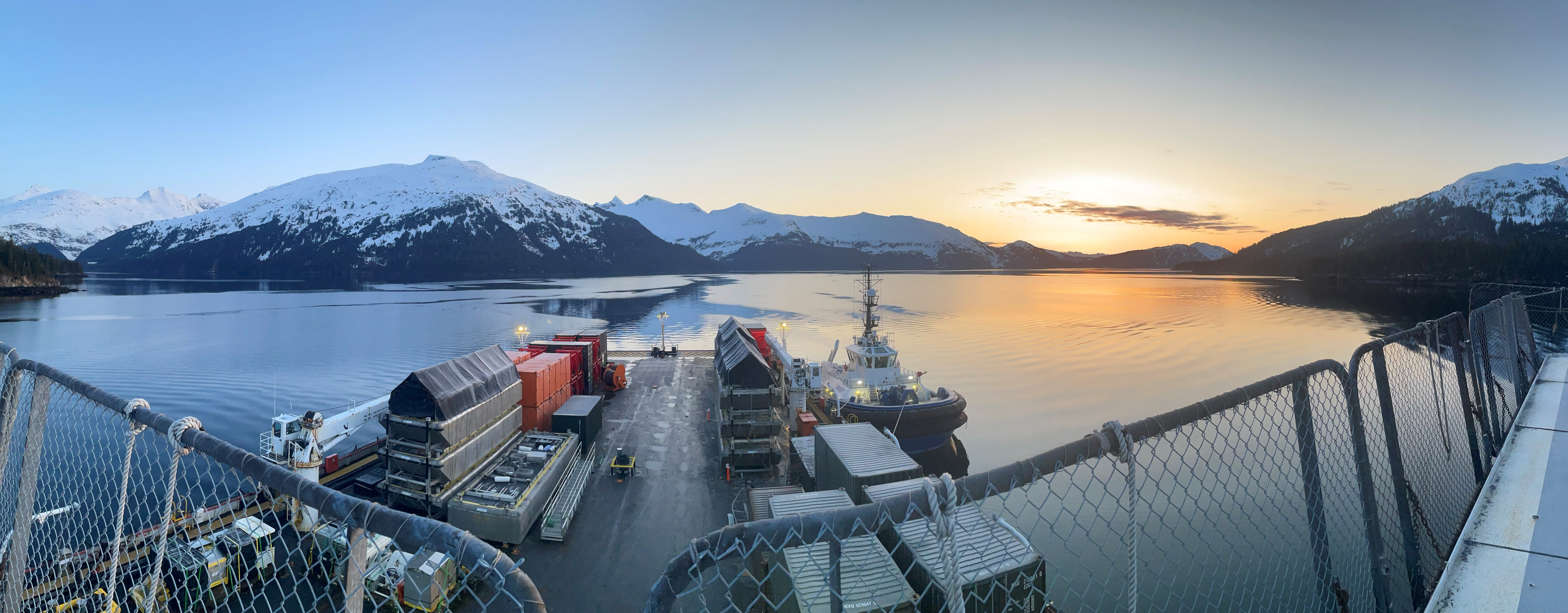
READ MORE 45TH ANNIVERSARY REFLECTIONS FEATURES:
1979: A historic year for TAPS (video)
1985: The Story of the ARCO Juneau (video)
